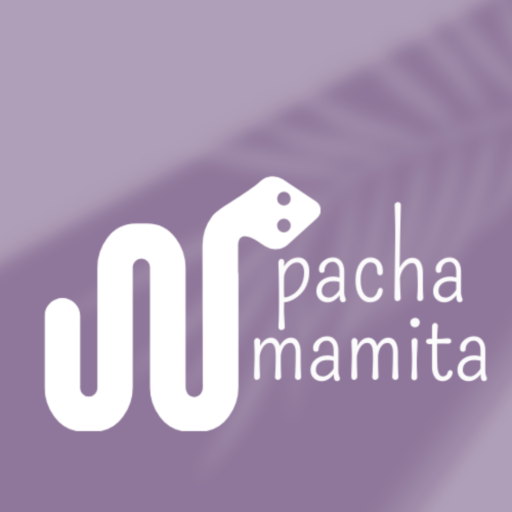By: Ricardo Cevallos (tourism entrepreneur and columnist on conscious tourism in Transport magazine).
On this occasion I reflect on the five pillars determined by the government as fundamental to convert Ecuador into a tourist power. Among these five pillars, the absence of sustainability is notable.
The sustainability of tourism operations should come first, if we do not want the tourist wave to sweep away the natural and cultural wealth we currently have.
The absence of this “sixth pillar” in the roadmap that the government has chosen for Ecuador’s tourism destination is conspicuous. We are playing with fire. Tourism is a double-edged sword. Just as it can generate abundance, it can also be highly predatory and destructive.
And the sixth pillar?
However, a sixth pillar is missing: sustainability. Ecuador needs a cross-cutting axis focused on ensuring that tourism development contributes to the care and maintenance of the same natural and human resources that sustain it. Do we want predatory tourism? Tourism that threatens our biodiversity and cultural identity? Do we want mass tourism?
The Plandetur 2020 establishes a clear route towards sustainable tourism. It talks about prioritizing small businesses, promoting quality to generate more value. It is about attracting a flow of visitors who are smaller in number but genuinely interested in the particularities of Ecuador and, therefore, willing to pay more.
Ecuador has the natural and cultural characteristics to be a tourist power. It is a beautiful piece of paradise that, being located in the middle of the world, enjoys an extraordinary biodiversity. The most concentrated fusion of landscapes and cultures from all over the world. It is of strategic importance that public policy favors the conservation of this natural and cultural heritage.
Today, the demand for authentic experiences and exuberant nature grows year after year. In this sense, Ecuador does not need to create tourist attractions so much as maintain the ones it already has. The five pillars serve to make this paradise marketable. But it is necessary to preserve it.
This implies establishing more incentives for small, community-based, sustainable enterprises. Thus, the growth of tourism will be a favorable factor, not a detrimental one, to the sustainability of the Ecuadorian economy.
It also involves, for example, taking advantage of our abundance of organic farmers and climatic diversity to promote agroecological gastronomy with a strong differentiating factor.
Selective and conscious tourism can generate much more foreign currency per visitor. At the end of the day, the equation is still positive, but with a smaller impact. This is how we improve sustainability.
Ecuador introduced the world to the idea of conscious tourism. It was the first country to do so. It is a bold proposal because it renounces mass tourism and its foreign exchange offer. But it is the best way. When a destination loses its authenticity, when forests are reduced and invaded and cultures are unified and diluted, a treasure that is impossible to recover is lost.
A tourism proposal based on biodiversity and cultural and human promotion, and supported by the current constitutional framework, could well aim to become a global benchmark for tourism for good living. This is tourist identity. This is having an original product.
Ecuador loves life. Let's live this slogan. Let Ecuador be at the forefront of sustainable tourism worldwide. The global trend is towards the authentic and the comprehensive. We have the perfect conditions to ride the wave.
Fountain: TransPort print edition April 2014
![]()

